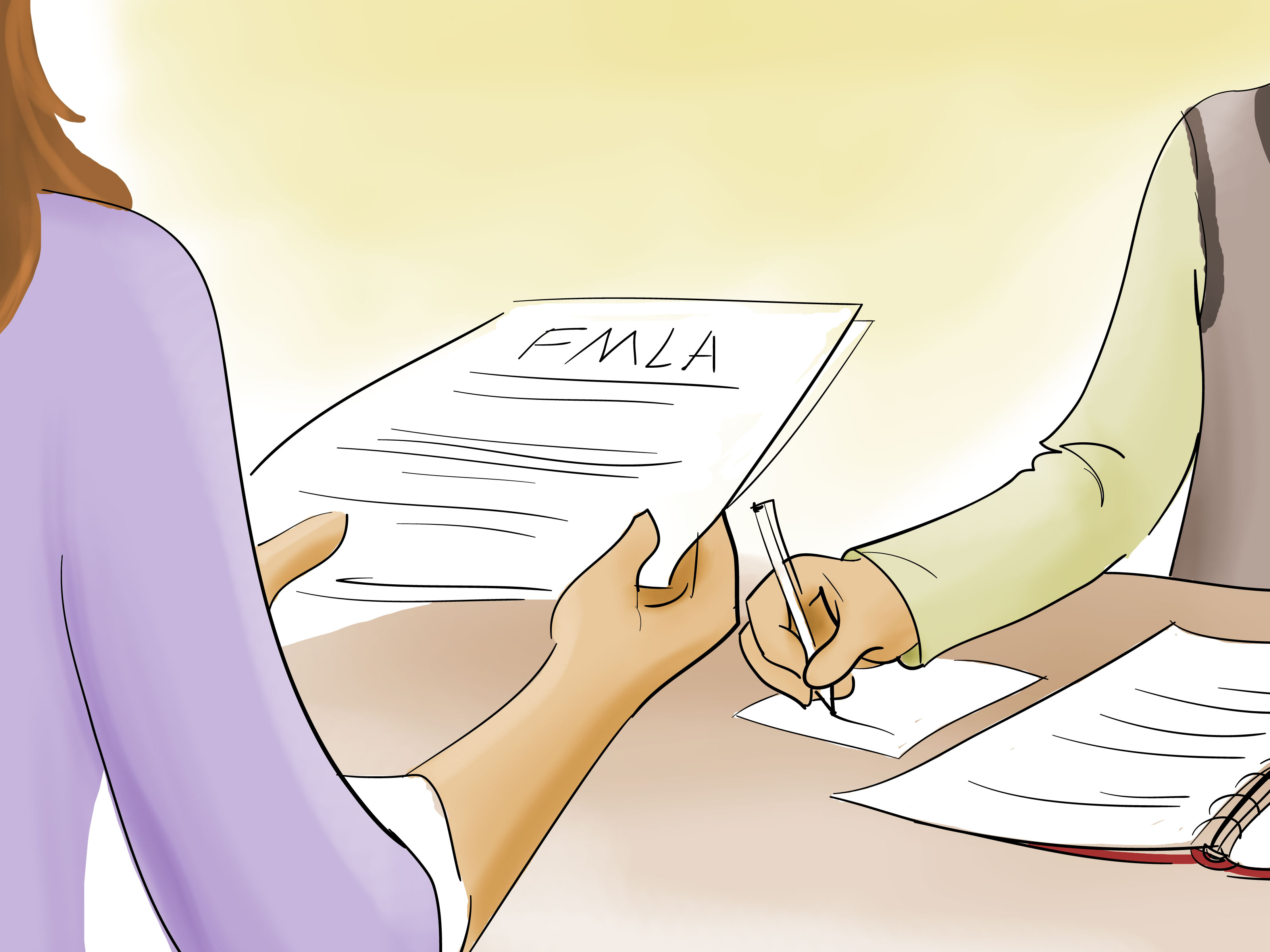5 Steps to FMLA Approval: How Long Does It Take?

When facing the need for an extended leave from work, understanding how the Family and Medical Leave Act (FMLA) process works, including the approval duration, can significantly ease the stress associated with medical or family issues. FMLA provides eligible employees with up to 12 weeks of unpaid, job-protected leave per year for specified family and medical reasons. Here's a breakdown of the steps involved in getting FMLA approval, and how long each might take:
1. Notify Your Employer

The first step in the FMLA process involves notifying your employer. You should do this as soon as you’re aware of the need for leave, whether it’s due to a personal health condition, caring for a family member, or for the birth or adoption of a child. Here’s what to consider:
- Check with your HR department or supervisor to understand the company’s notification policy.
- Provide a written notice if possible, which can be an email or a formal request letter.
- Include specifics like the reason for leave, the expected start date, and the estimated duration of leave.
Timely notification ensures your employer can prepare for your absence. Most employers would like to know within 30 days if the leave is foreseeable, but if it’s an emergency or unforeseen, notify them as soon as practicable.
⚠️ Note: If your employer isn’t informed timely, your leave might not be protected under FMLA.
2. Provide Supporting Documentation

Upon notifying your employer, you’ll need to submit medical certification or other relevant documentation to support your need for leave. Here are the steps:
- Your employer should provide you with a certification form which must be filled out by your healthcare provider.
- Ensure the healthcare provider provides specific details regarding the medical condition and the necessary leave duration.
- Return the completed form to your HR department or supervisor within the specified timeframe, typically 15 calendar days.
This step can take from a few days to two weeks, depending on how quickly your healthcare provider can certify your condition.
3. Employer Review and Approval

After receiving your documentation, your employer:
- Evaluates the documentation to ensure it meets FMLA requirements.
- Checks if you meet the eligibility criteria:
- Worked at least 1,250 hours during the 12 months prior to the leave.
- Work at a location where the company employs 50 or more employees within 75 miles.
- Determines if the reason for leave qualifies under FMLA.
The review process might take a few days to a couple of weeks depending on the size of the company, workload of the HR department, or if further clarification from the healthcare provider is needed.
4. Designation Notice

Once your employer has reviewed your case:
- You’ll receive a Designation Notice stating whether your leave request has been approved or denied.
- If approved, the notice will detail the leave duration, start and end dates, and any recertification requirements.
The issuance of the Designation Notice should not take longer than 5 business days after your employer has enough information to make a decision.
5. Employee’s Option for Intermittent Leave

In some cases, like for a chronic condition or recovery from an illness, leave might be:
- Taken intermittently (on and off) or as reduced work schedules.
- This requires coordination with your employer to ensure it fits with work demands.
Approving intermittent leave can take longer, up to several weeks, especially if there’s a need to review the impact on the organization’s operations.
📌 Note: If an intermittent leave schedule is approved, your employer might require recertification periodically to verify the need for continued leave.
Summing up, the entire FMLA approval process typically takes 2 to 4 weeks. However, this can vary based on several factors:
- The responsiveness of your healthcare provider in completing and returning the certification.
- The complexity of your medical condition and whether it qualifies under FMLA.
- How quickly your employer can review the request, especially if there are staffing issues or policy intricacies involved.
Remember, the duration for FMLA approval can fluctuate based on your specific circumstances. Being proactive, thorough, and communicative with your employer can streamline the process and reduce potential delays.
What if my employer denies my FMLA request?

+
Your employer must provide a reason for denial, typically due to ineligibility or insufficient documentation. You can either provide additional information to meet the requirements or consider discussing alternative leave options with your HR department.
Can I appeal a denied FMLA leave?

+
Yes, you can appeal a denial by providing additional medical documentation or correcting any oversights in the initial submission. Consult with your HR for specifics on the appeal process.
What documentation is required for FMLA approval?

+
Documentation includes a certification form filled by a healthcare provider, detailing the medical condition, required treatment, and expected leave duration. Your employer might also request intermittent leave schedules or updates on the condition.
What should I do if my healthcare provider delays in providing certification?

+
Stay in constant communication with your provider, explaining the urgency. If necessary, seek a second opinion or consult your HR for a temporary leave while awaiting certification.
Can my job be taken away while I’m on FMLA?

+
No, FMLA provides job protection. Your employer must return you to the same or an equivalent position with equivalent pay, benefits, and working conditions upon your return from leave.
By understanding the steps to FMLA approval and anticipating the timeline, employees can better manage their medical or family needs without undue concern about their job security. This comprehensive guide provides insight into the process, helping you navigate through potential delays and ensuring your rights under FMLA are upheld.



